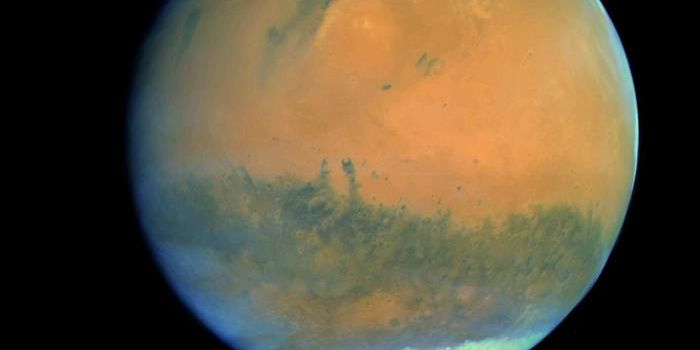What's all the fuss about diamonds, anyway?
You might only think of rings and bling when you think of diamonds, but in fact, there are a whole lot more uses for diamonds than jewelry. Diamonds are formed from a lattice of simple carbon, and as such, they are extremely strong and have a high boiling and melting point. They are commonly used in biological applications, optics, electronics, various industries - and more recently, quantum technologies like quantum supercomputers, secure communications, and sensors.
Now two new discoveries from the ARC Centre of Excellence for Transformative Meta-Optics at the University of Technology Sydney (UTS) are set to hasten diamond-based quantum technology by improving synthetic fabrication, scalability, and overall cost-efficiency. The studies detailing the new discoveries have been published in Nanoscale and Advanced Quantum Technologies.
"For diamond to be used in quantum applications, we need to precisely engineer 'optical defects' in the diamond devices -- cavities and waveguides -- to control, manipulate and read out information in the form of qubits -- the quantum version of classical computer bits," said Professor Igor Aharonovich, who led the research. "It's akin to cutting holes or carving gullies in a super-thin sheet of diamond, to ensure light travels and bounces in the desired direction," he said.
The method that the researchers developed to allow them to engineer these optical defects uses a thin metallic tungsten layer to pattern the diamond nanostructure. "The use of tungsten as a hard mask addresses several drawbacks of diamond fabrication. It acts as a uniform restraining conductive layer to improve the viability of electron beam lithography at nanoscale resolution," said the lead author of the paper appearing in Nanoscale, Blake Regan.
The team then employed a polycrystalline substrate to fabricate single-crystal diamond photonic structures with embedded quantum defects. "Our process relies on lower cost large polycrystalline diamond, which is available as large wafers, unlike the traditionally used high-quality single crystal diamond, which is limited to a few millimeters," said Milad Nonahal, lead author of the study in Advanced Quantum Technologies. "To the best of our knowledge, we offer the first evidence of the growth of a single crystal diamond structure from a polycrystalline material using a bottom-up approach -- like growing flowers from seed."
This method not only reduces the manufacturing costs of diamond nanofabrication, but it makes the process safer and more accessible because it does not require hydrofluoric acid. "Our method eliminates the need for expensive diamond materials and the use of ion implantation, which is key to accelerating the commercialization of diamond quantum hardware," concludes senior author Dr. Mehran Kianinia.
Sources: Nanoscale, Advanced Quantum Technologies, Science Daily








